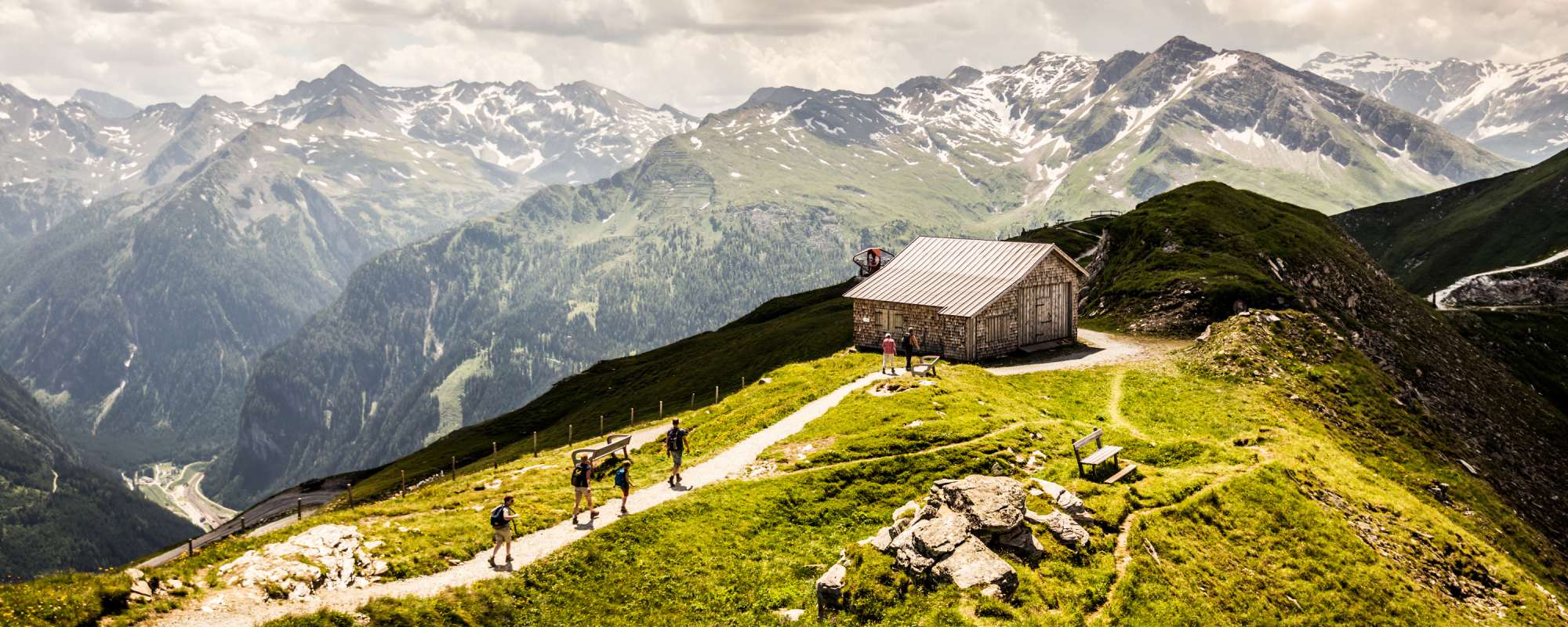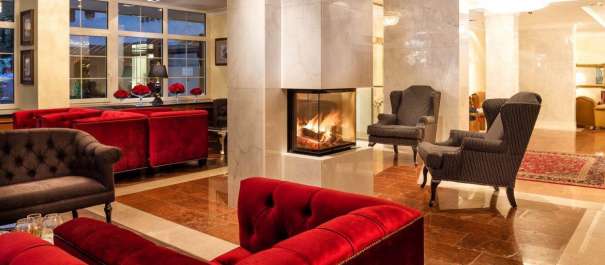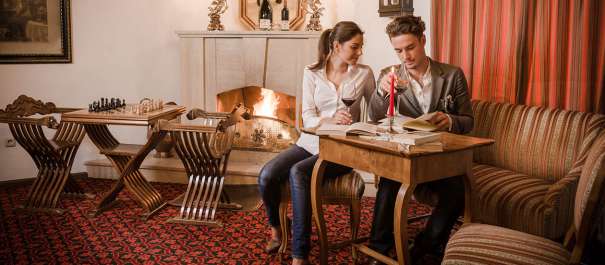
Gastein Valley
The Gastein Valley is a 40-km-long valley in the Pongau in the Salzburg region of Austria and is traversed by the Gastein Ache. The district of Bad Gastein belongs to Bockstein, extending from the south-westerly Naßfelder valley and running together with the easterly Anlauftal. The 1,589 m high Naßfelder valley is over 1,500 meters above sea level and is known for the development,t in the 1980s, of the Naßfeld-Sportgastein ski resort.
Access to the valley from the south is exclusively through the Tauern tunnel, whose entrance is on the Salzburg side in Bockstein and connects the Gastein Valley with the Seebach valley in Carinthia (the well-known and highly used "Tauernschleuse" and by the stone tunnel from the north of the valley. The three famous towns of the Gastein valley are Bad Gastein, Bad Hofgastein and Dorfgastein. Also, due to its famous gold mining and the Tauern railway, is the Bad Gastein district of Bockstein. Other locations in the Gastein Valley are Klammstein (Klammstein castle ruins) in the Dorfgastein, Lafen (Snow Jazz Gastein) in Hofgastein, Kötschachtal (Green Tree hotel complex), Kötschachdorf (hotels, golf course) and Bad Bruck (cemetery) in Bad Gastein. The Gastein valley - earlier and partly still in use today in the dialect of the locals "The Gastein", is the largest tributary of the Salzach River and was already celebrated in Celtic and Roman times and sparsely populated. Development of the valley didn't materialise until much later in the 9th century by Bavarian and Slavic settlers. The valley belonged to the family of the Peilstein tribe, a branch of the Sieghardinger, and they died out in 1218 fell to the Dukes of Bavaria. In 1297, they sold the area to the Archbishop of Salzburg. After the secularisation of the Archbishopry, the Gastein valley became part of the newly formed county of Salzburg, Austria.
In earlier times alpine farming, the spa industry and mining were the centre of activities in the Gastein valley. Thus, in the 13th and 14th century livestock and grazing had reached their peak. Use of the Gastein healing sources, to this day one of "the" most famous and important central tourist areas, had already started in 1230. From this year came the bathing poem "The Graserin in the Gastein" - the oldest recognised representation of a medical use of thermal water comes from the year 1350. As a result, famous personalities repeatedly visited the Gastein valley - whether Emperor Frederick III. in the 15th century or the famous physician Paracelsus in the 16th century. This was followed by a number of celebrities, including Emperor Franz Joseph and Empress Elizabeth of Austria and Emperor Wilhelm of Germany and Prince Bismarck, just to name a few. The first steps towards the development of modern alpine resort was Archduke Johann, whose initiative was to develop an alpine refuge towards the summit of Gamskarkogel. Also worth mentioning is the detection of radon gas in the Gastein thermal water by the world-renowned chemist, physicist and Nobel Prize winner Marie Curie. Another giant step that made the Gastein valley, with its hot springs,known worldwide. 1909 finally put a start to mass tourism - the Tauern railway was opened - but until 1930, we are only talking about summer tourism. In 1958, this changed abruptly - the Ski World Cup 1958 was held in Bad Gastein - now the Gastein valley was known as a two seasons resort, summer and winter holidays in the Gastein Valley were possible from then on, with year-round tourism available.


